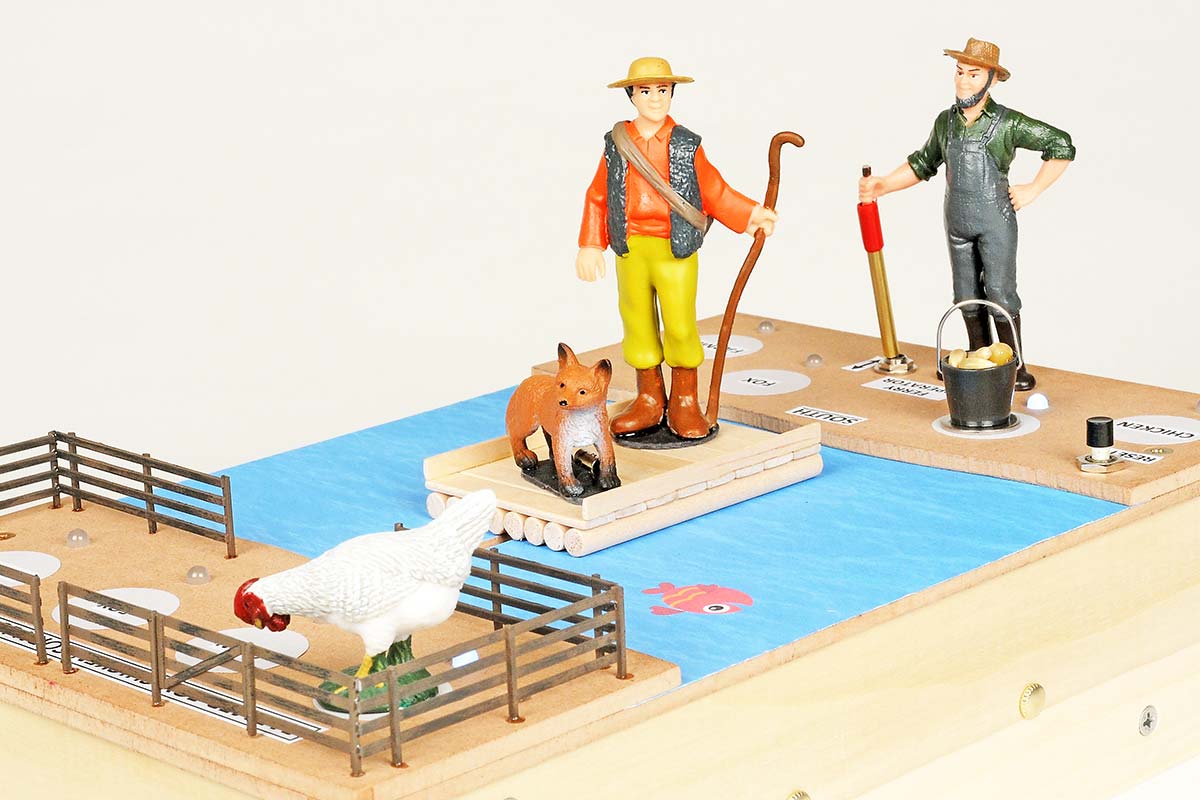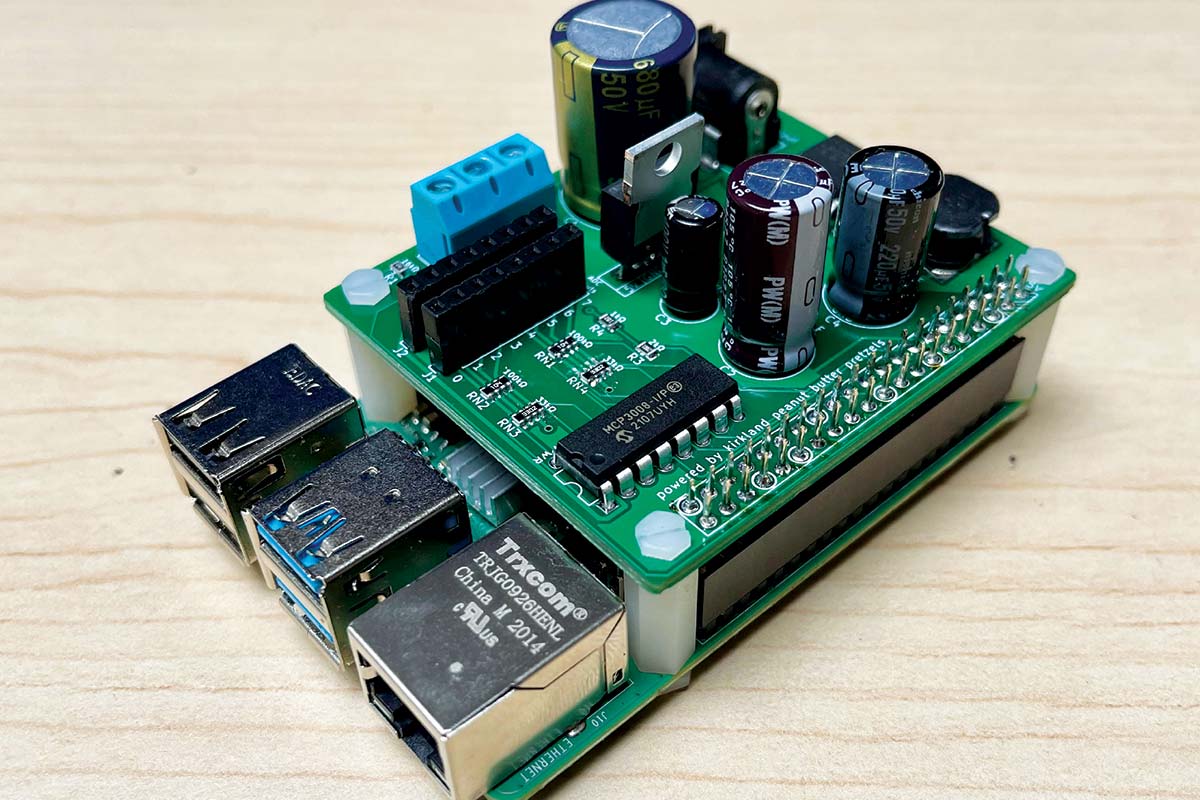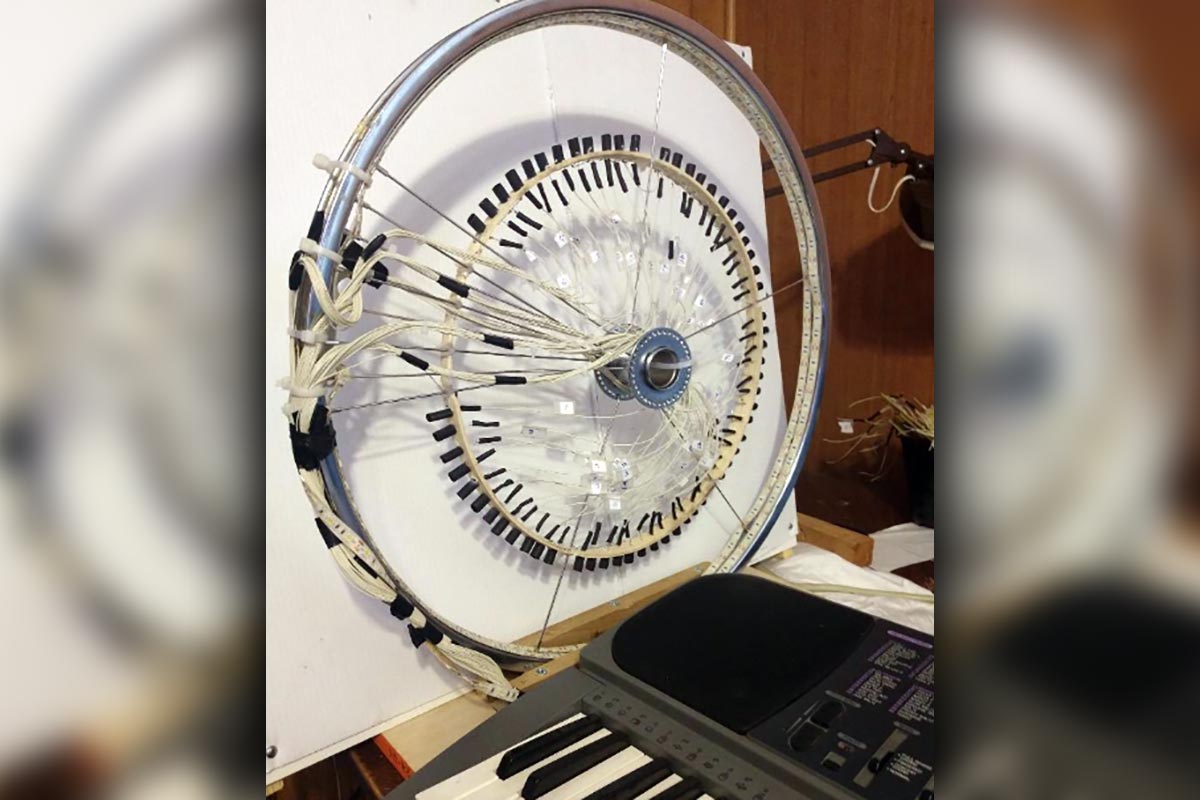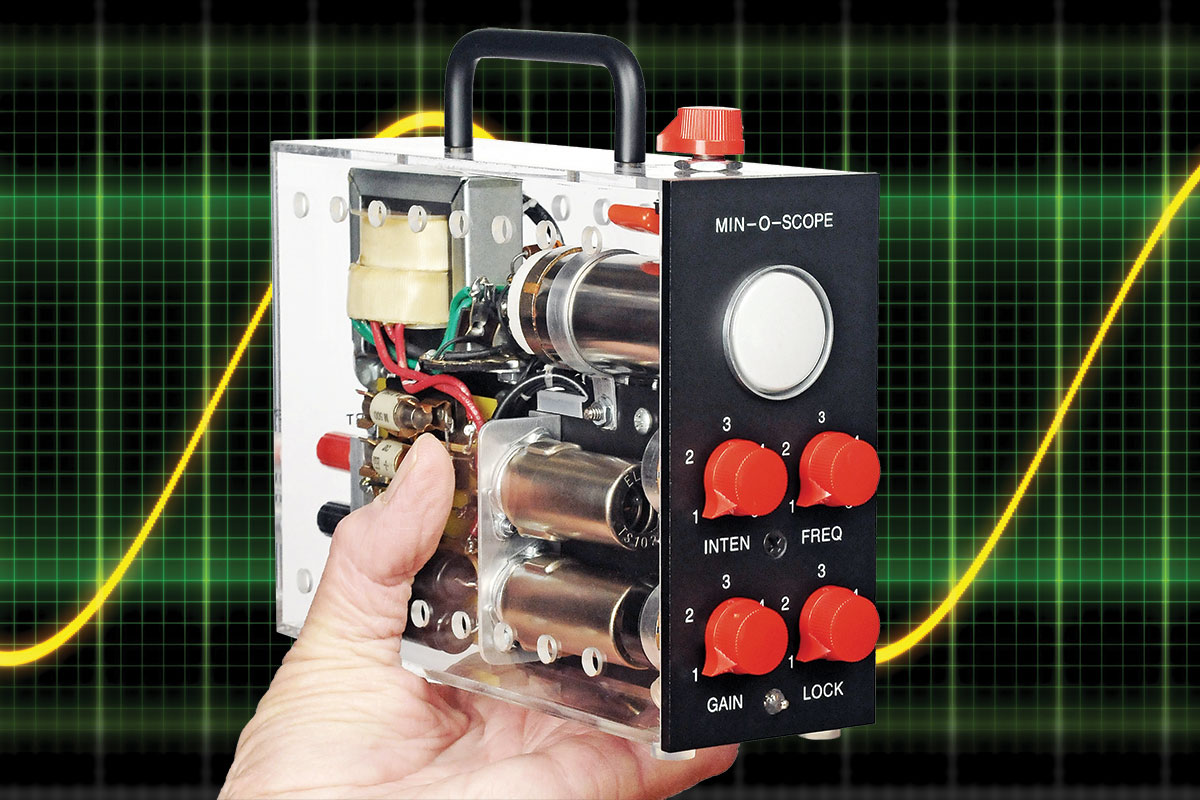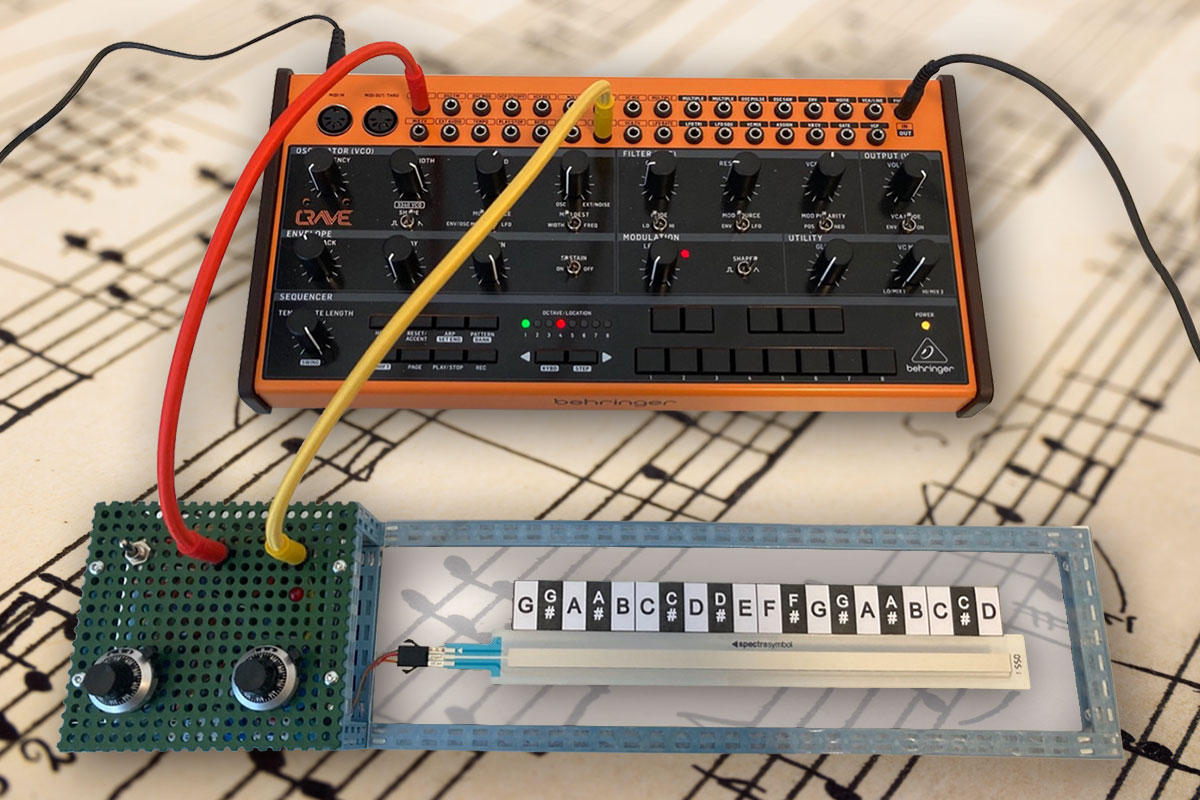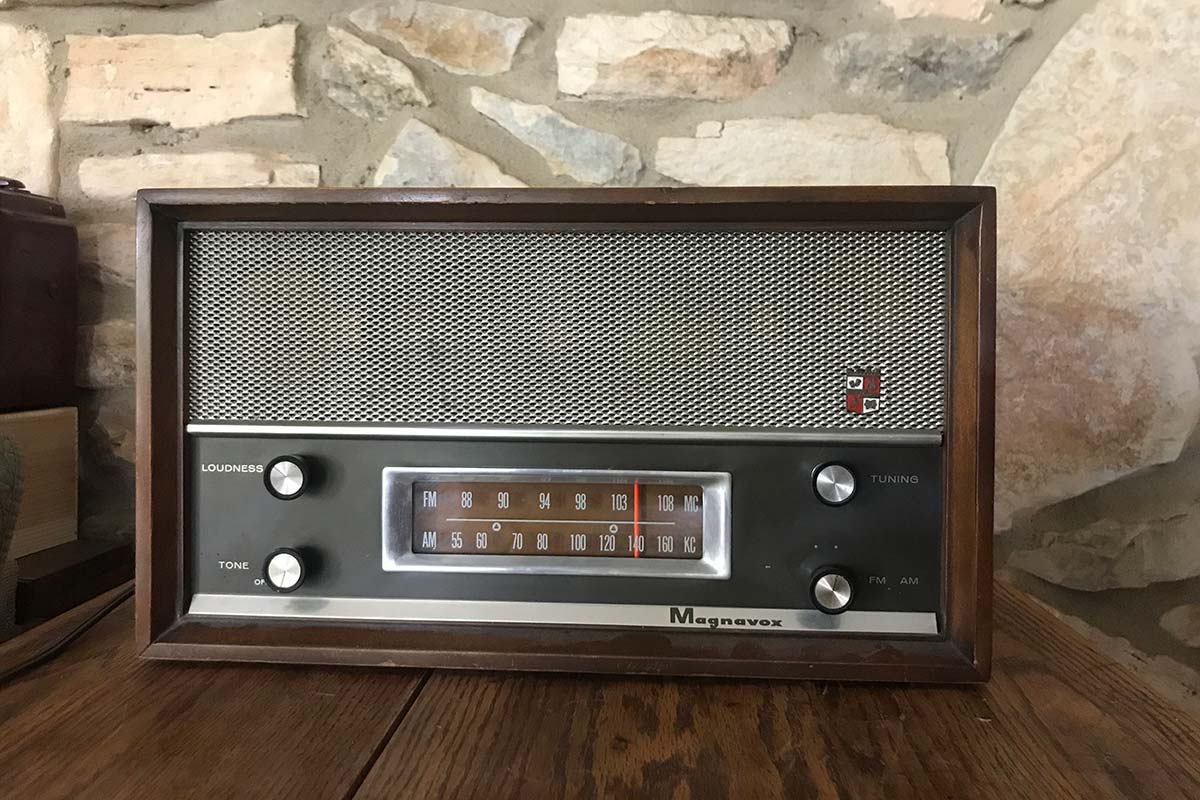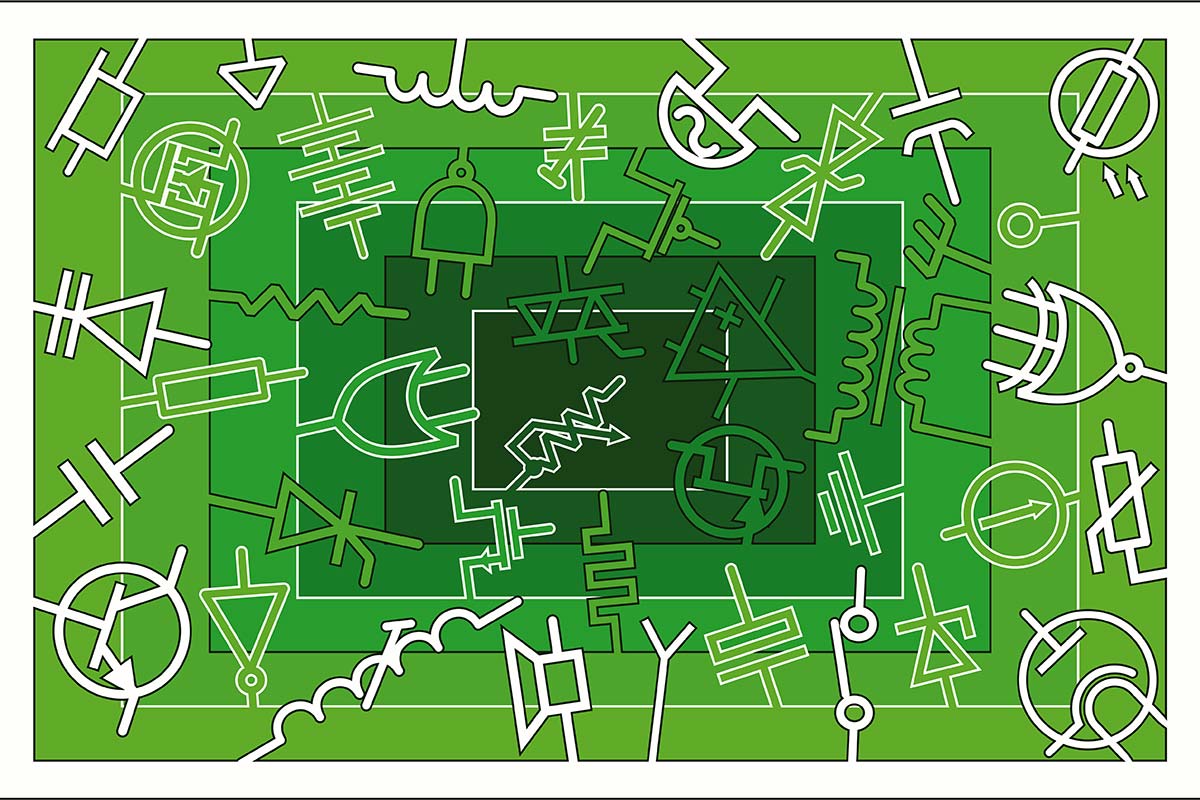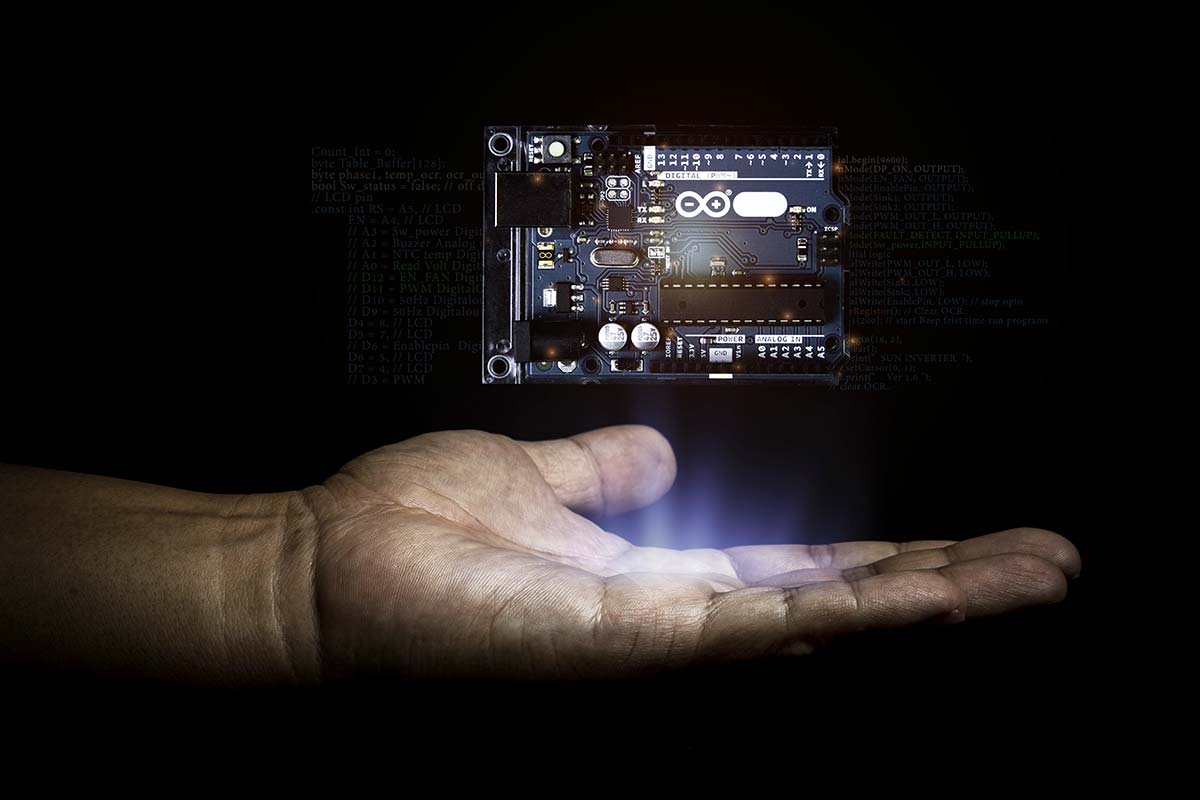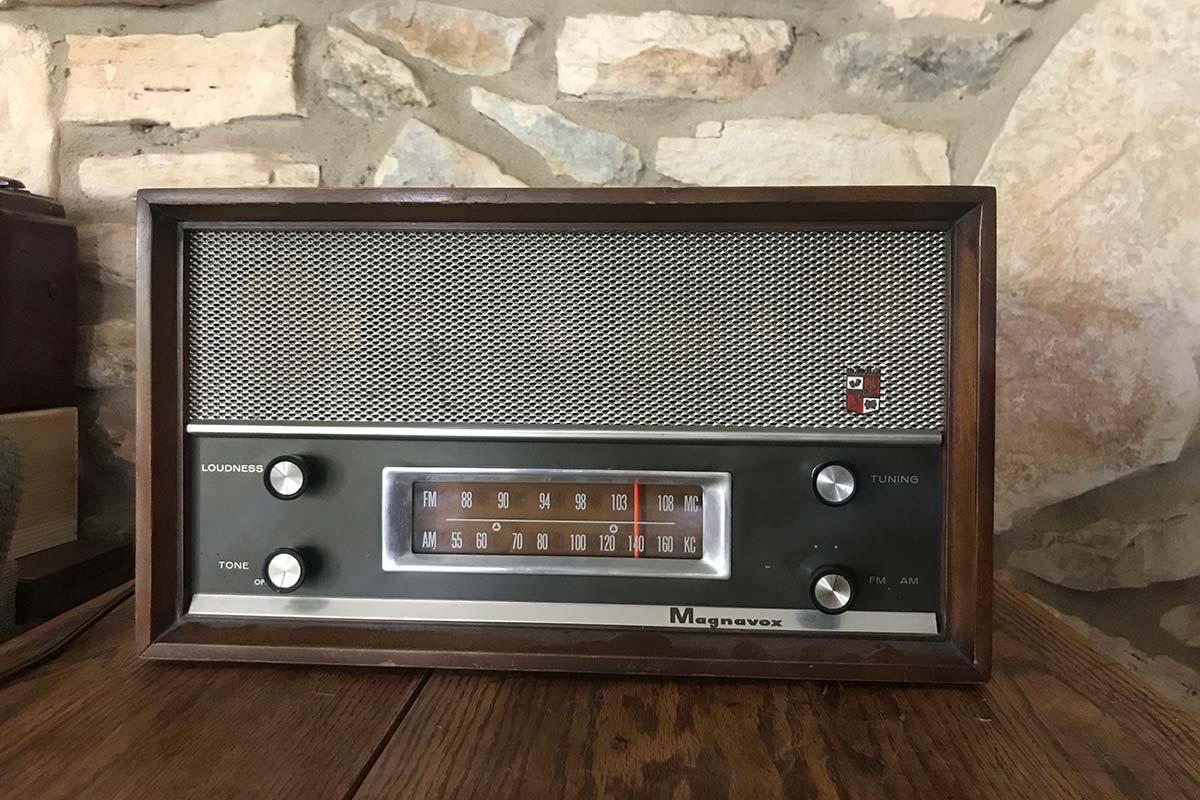DC-to-DC (DC-DC) converters are a common part of modern electronics. The need for an “odd” voltage can arise for biasing, backlighting, analog components, communications, or — as in the case of the LP130 discussed in the last issue — programming and verification. If your main circuit is powered from +5V and you have a few chips that need 3.3V, a simple linear regulator will suffice. However, linear regulators can only reduce the supplied voltage. Most practical DC-DC converters are a type of switching regulator and in this article, DC-DC converter means a switching type of regulator.

